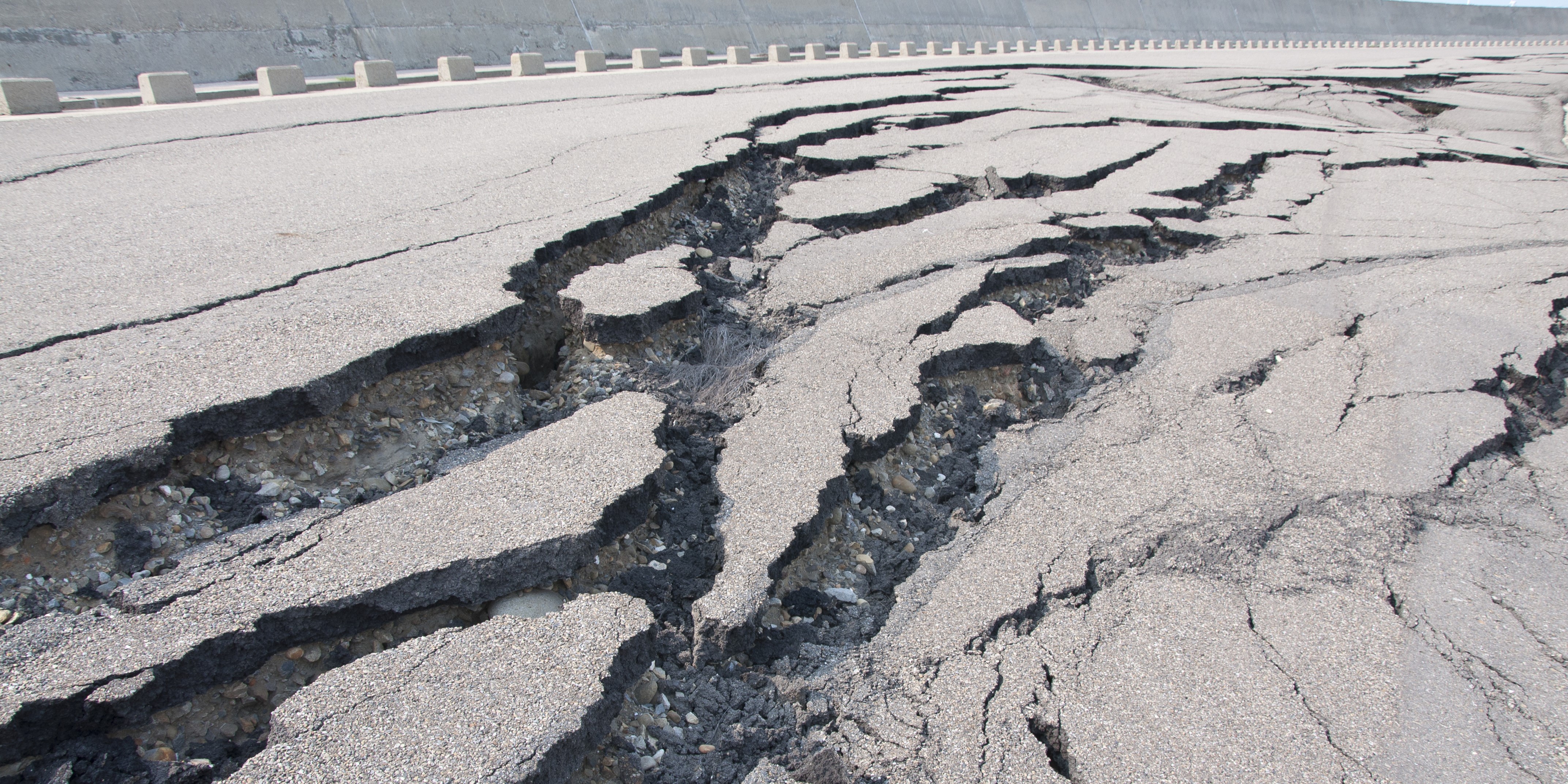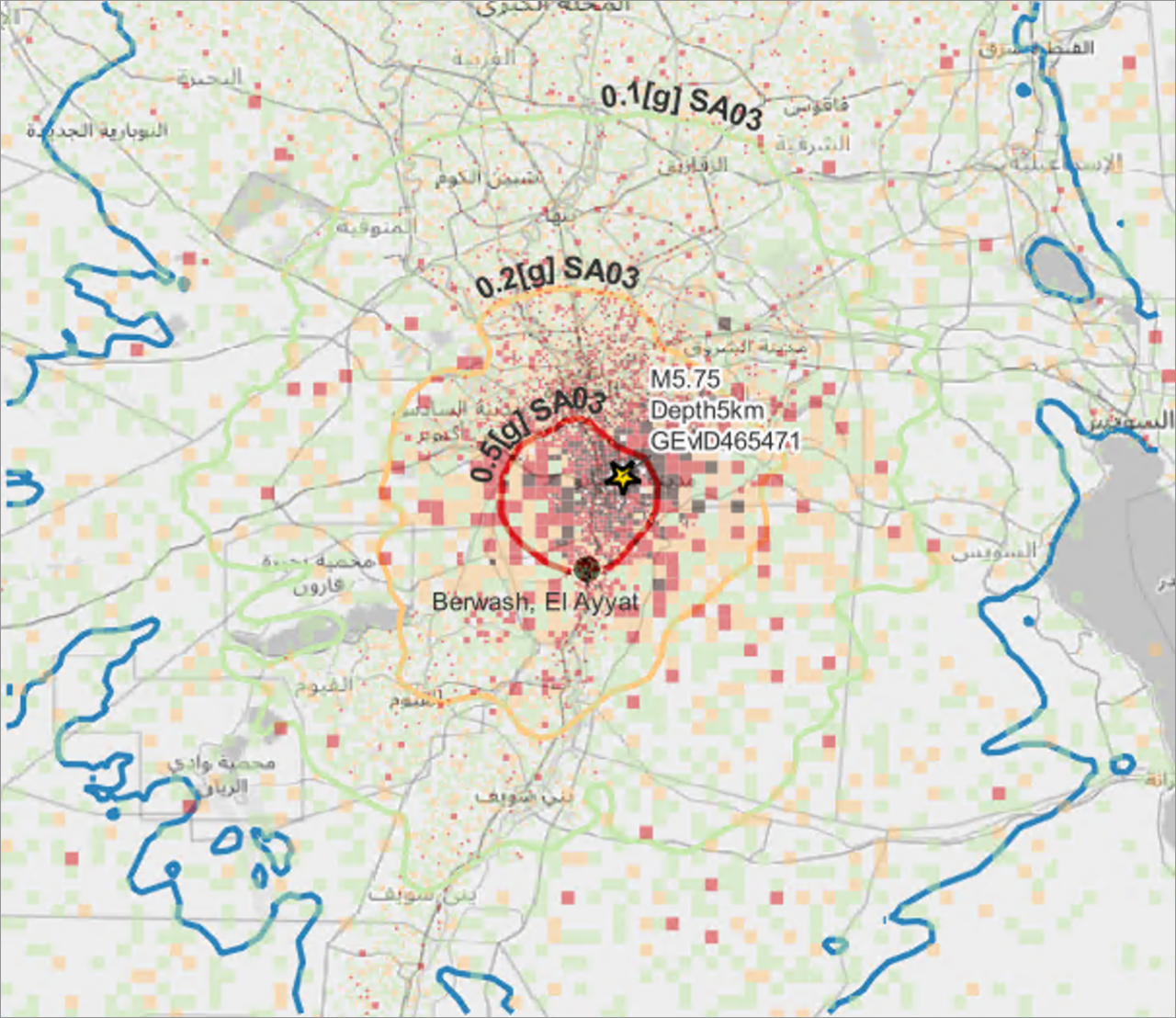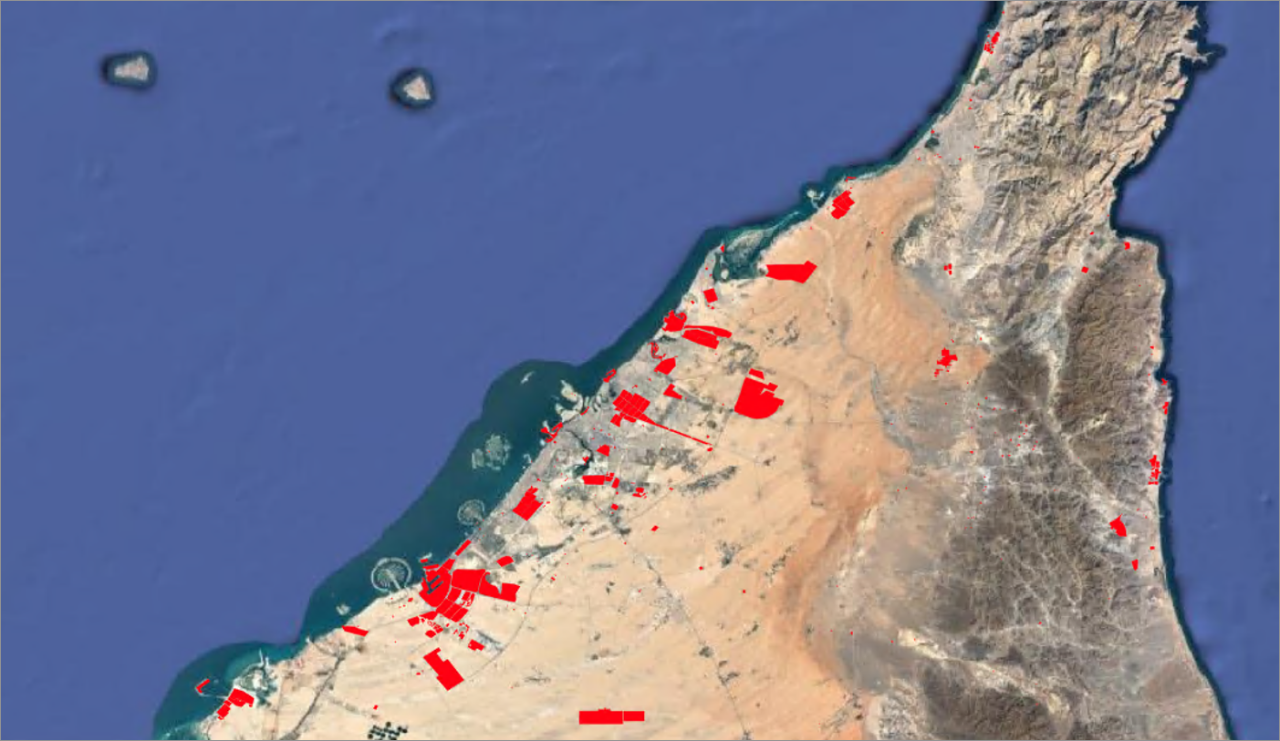
Guy Carpenter’s GCAT Middle East and North Africa (MENA) Earthquake Model enhances the market view of risk for ground shaking in 18 countries of the MENA region featuring a range of detailed risk types and a highly granular built environment, with a consistent single event catalogue across the domain and leveraging the latest science through our engagement with the Global Earthquake Model (GEM) initiative.
What Makes the GCAT MENA Earthquake Model Unique?
- Dedicated vulnerability module reflecting complexity of building types in each country featuring over 200 vulnerability functions for varying height, lateral load-resisting system, construction type and line of business
- Detailed risk types for realistic disaggregation of risks using Guy Carpenter’s Industrial Parks layer and highly granular GC Built Environment with around 50 built environment risk type classes
- Fully probabilistic earthquake model with 10k+ year event catalogue delivering high-resolution footprints at up to 850 metres
- Ability to explore loss scenarios and detailed event analysis with a unique historical event ensemble method and station conditioning to constrain the range of loss estimates
GCAT MENA Earthquake Model Highlights
Fully probabilistic, high-resolution, regional seismic hazard
The single 10,000+ year event catalogue has been generated using GEM’s OpenQuake, a software package for seismic hazard and risk assessment used by national seismic hazard agencies. All underlying seismic hazard models have been peer-reviewed and represent the latest seismic hazard view in the region. Known faults were parametrized and detailed soil conditions taken into account, allowing for a more accurate representation of local seismic hazard.

Vulnerability Typologies
Vulnerability functions in the model are tailored to different occupancies, construction materials, building heights and seismic resistance systems. This represents a more accurate and portfolio-specific approach than using blended vulnerability curves based simply on country-wide building stock splits for the industry. In combination with the dedicated, highly granular built environment module, important variations in damage across a country or region can be captured.
Built Environment
The model benefits from dedicated spatial distributions for residential, commercial and industrial properties across the modelling grid as well as varying typology splits within individual zones. Individual risks are sampled according to the underlying built environment probability weights including our Industrial Parks layer. This addresses the uncertainty in location and risk type that comes with aggregate exposures and allows the model to handle data at multiple geographic resolutions.
Comprehensive Financial Loss Engine
The model runs on the stable Nasdaq NRMC platform powered by OasisLMF. We utilize the Open Data Standard (ODS) and support a wide range of insurance policy and reinsurance terms in the loss calculations allowing results to be viewed at different financial perspectives.

Contacts
Matthew Eagle |
Amit Shah |
| Managing Director, Head of Global Model Solutions and Advisory | Senior Vice President, Head of IMEA Catastrophe Risk Management |
| amit.a.shah@guycarp.com |
Maximilian Strasser |
Matthias Schmid, PhD |
| Managing Director, Head of Global Model Development | Vice President, Earthquake Model Development Leader |
| Matthias.Schmid@guycarp.com |
Lucie Marfoq |
Matthew Day |
| Senior Vice President, Head of GC IMEA Analytics | Managing Director, IMEA Strategic Advisory Leader |
| matthew.day@guycarp.com |